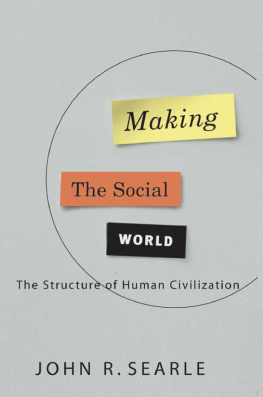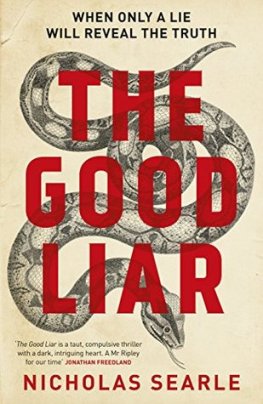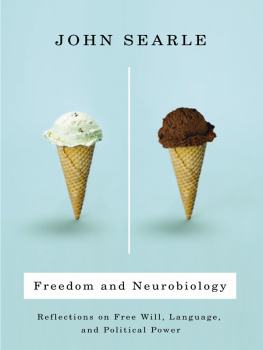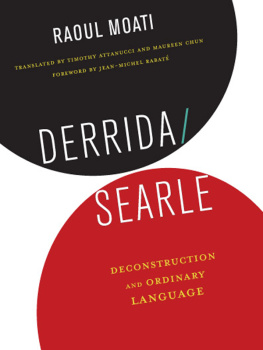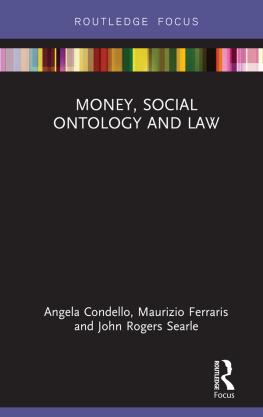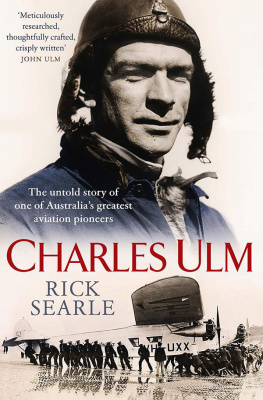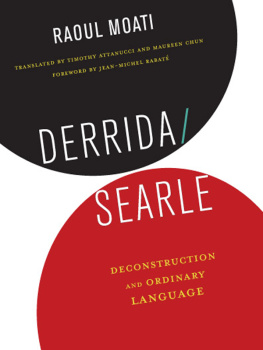MAKING THE SOCIAL WORLD
MAKING THE SOCIAL WORLD
The Structure of Human Civilization
JOHN R. SEARLE


Oxford University Press, Inc., publishes works that further Oxford Universitys objective of excellence in research, scholarship, and education.
Oxford New York Auckland Cape Town Dar es Salaam Hong Kong Karachi Kuala Lumpur Madrid Melbourne Mexico City Nairobi New Delhi Shanghai Taipei Toronto
With offices in Argentina Austria Brazil Chile Czech Republic France Greece Guatemala Hungary Italy Japan Poland Portugal Singapore South Korea Switzerland Thailand Turkey Ukraine Vietnam
Copyright 2010 by John R. Searle
Published by Oxford University Press, Inc. 198 Madison Avenue, New York, NY 10016
www.oup.com
Oxford is a registered trademark of Oxford University Press.
All rights reserved. No part of this publication may be reproduced, stored in a retrieval system, or transmitted, in any form or by any means, electronic, mechanical, photocopying, recording, or otherwise, without the prior permission of Oxford University Press.
Library of Congress Cataloging-in-Publication Data Searle, John R.
Making the social world: the structure of human civilization / John R. Searle.
p. cm.
ISBN 9780195396171
1. Social sciencesPhilosophy. 2. Civilization. 3. Social epistemology. I. Title.
H61.S4475 2009
300.1dc22
2009013179
1 3 5 7 9 8 6 4 2
Printed in the United States of America on acid-free paper
For Dagmar
CONTENTS
PREFACE
This book attempts to explain the fundamental nature and mode of existencewhat philosophers call the essence and the ontologyof human social institutional reality. What is the mode of existence of nation-states, money, corporations, ski clubs, summer vacations, cocktail parties, and football games, to mention just a few? I attempt to explain the exact role of language in the creation, constitution, and maintenance of social reality.
The book continues a line of argument begun in my earlier book, The Construction of Social Reality. One way to highlight the puzzling character of social ontology is to point out an apparent paradox in our understanding of social reality. We make statements about social facts that are completely objectivefor example, Barack Obama is president of the United States, the piece of paper in my hand is a twenty-dollar bill, I got married in London, England, and so on. And yet, though these are objective statements, the facts corresponding to them are all created by human subjective attitudes. An initial form of the paradox is to ask, How is it possible that we can have factual objective knowledge of a reality that is created by subjective opinions? One of the reasons I find that question so fascinating is that it is part of a much larger question: How can we give an account of ourselves, with our peculiar human traitsas mindful, rational, speech-act performing, free-will having, social, political human beingsin a world that we know independently consists of mindless, meaningless, physical particles? How can we account for our social and mental existence in a realm of brute physical facts? In answering that question, we have to avoid postulating different ontological realms, a mental and a physical, or worse yet, a mental, a physical, and a social. We are just talking about one reality, and we have to explain how the human reality fits into that one reality.
After I have given a general theory of social ontology, I then try to apply the theory to special questions, such as the nature of political power, the status of universal human rights, and the role of rationality in society.
ACKNOWLEDGMENTS
I have had more help with this book than with any of the other books I have published. Two of the reasons for this are: First, the book is a continuation of a line of argument I begin in The Construction of Social Reality, and that argument received a great deal of comment not only from philosophers but from economists, sociologists, psychologists, and social scientists generally. Second, I am a member of the Berkeley Social Ontology Group, in which these and related issues are discussed on a weekly basis. I cannot possibly thank all the people who have been helpful to me, but I must at least mention some of them.
I have had wonderful assistants. It does not give an adequate conception of their contribution to my intellectual life to say that they are research assistants. All of them were in every sense collaborators with me. I am especially grateful to Jennifer Hudin, Asya Passinsky, Romelia Drager, Beatrice Kobow, Matt Wolf, Anders Hedman, Vida Yao, Danielle Vasak, Biskin Lee, and Francesca Lattanzi.
Nearly all of them are members of the Berkeley Social Ontology Group. Other people in the group who have been especially helpful to me are Cyrus Siavoshy, Andrew Moisey, Marga Vega, Klaus Strelau, Maya Kronfeld, sta Sveinsdttir, Dina Gusejnova, Raffaela Giovagnoli, and Andy Wand.
A number of volumes of journals and collections of essays were devoted to the issues in The Construction of Social Reality, and I am grateful for these contributions. Specifically, there was a special issue of The American Journal of Economics and Sociology edited by David Koepsell and Laurence S. Moss, entitled John Searles Ideas about Social Reality: Extensions, Criticisms, and Reconstructions, with articles by Alex Viskovatoff, Dan Fitzpatrick, Hans Bernhard Schmid, Mariam Thalos, Raimo Tuomelo, W. M. Meijers, Frank A. Hindriks, Leo Zaibert, Ingvar Johansson, Nenad Miscevic, Philip Brey, and Barry Smith. This was subsequently published as a book.
Roy DAndrade edited a special issue of Anthropological Theorywith articles by Tsohatzidis, Margaret Gilbert, Kirk Ludwig, Seumas Miller, Anthonie Meijers, Hannes Rakoczy and Michael Tomasello, Robert A. Wilson, Leo Zaibert and Barry Smith, Ignacio Snchez-Cuenca, and Steven Lukes.
The Journal of Economic Methodology published a symposium entitled The Ramifications of John Searles Social Philosophy of Economics. This contains articles by Stephan Boehm, Jochen Runde, Philip Faulkner, Peter J. Boettke and J. Robert Subrick, Alex Viskovatoff, and Steven Horwitz.
An international conference held on my work in Bielefeld, under the auspices of ZIF, resulted in a volume called Speech Acts, Mind, and Social Reality: Discussions with John Searle, edited by Gnter Grewendorf and Georg Meggle. Of the various sections of the conference, one was devoted to social reality with papers by Stanley B. Barnes, Georg Meggle, Josef Moural, David Sosa, and Raimo Tuomela.
Barry Smith edited a volume, John Searle, edited by Barry Smith, Isaac Ehrlich, and David Mark, with articles relevant to my work by Hernando de Soto, Barry Smith, Jeremy Shearmur, Ingvar Johansson, Josef Moural, Errol Meidinger, Erik Stubkjr, Daniel R. Montello, Dan Fitzpatrick, and Eric Palmer.
In addition to the published volumes discussing my ideas, I have also benefited from opportunities to present my ideas in lectures and lecture series literally around the world. For me, having my ideas examined, assessed, and attacked is an essential part of doing philosophy. Among my precepts are these: if you cant say it clearly you dont understand it yourself, and if you cant defend it successfully in public debates you shouldnt publish it. I will not attempt to list all or even most of these presentations, but some deserve special mention.
Next page
